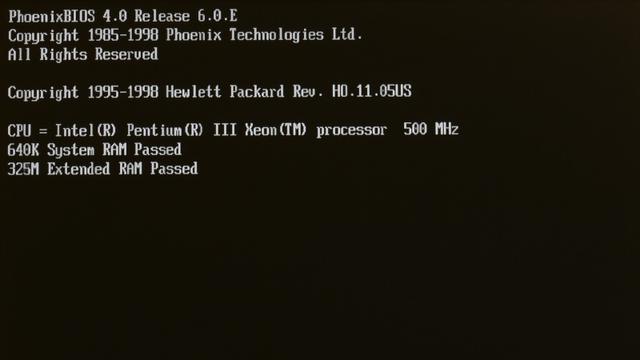In the adventures of Bob's "Perfect" #Slackware install, I've been struggling to get Secure Boot working on my #Thinkpad x280.
Something seems to be preventing me from loading a custom Platform Key, while none appears loaded, and everything seems 'right' -- #SecureBoot is in Custom / Setup mode.
The unfortunate thing is ... using Secure Boot and signing kernel images and efi executables is not a common practice, and the documentation seems lacking explanations for people with my particular issue; method 1 of using `efi-updatevar` returns an error "Cannot write to PK, wrong filesystem permissions", method 2 -- updating from the #UEFI 'bios' -- is not an option on an x280, and method 3, using KeyTool.efi returns the error "Failed to update variable: (26) Security Violation".
I am wondering if there are some further setup settings that need to be adjusted to allow this operation, if perhaps my pk.auth file is incorrect in some way, if my machine was, from the factory, unable to allow custom Platform Keys, or if someone has modified it since then.
Rabbit holes are a pain in the dick, and now I'm in a position where I'm kinda 'forced' to learn a bit more about the mechanics of Secure Boot, under the hood.
Anyone got some good tips for where to start solving this puzzle?
I have been referencing:
- https://wiki.gentoo.org/wiki/User:Sakaki/Sakaki%27s_EFI_Install_Guide/Configuring_Secure_Boot_under_OpenRC
- https://wiki.linuxquestions.org/wiki/How_to_use_Secure_Boot_with_your_own_keys








 I wrote up a post about a joke which ended with me building a UEFI binary that would boot into a picture of Chosen One, Kier Eigen. Praise Kier! I wouldn't usually post stuff like this, EXCEPT using the UEFI rust crate was fucking awesome and maybe the most delightful thing i've done with a computer in a long time. Took me way longer to write the post than write the hack.
I wrote up a post about a joke which ended with me building a UEFI binary that would boot into a picture of Chosen One, Kier Eigen. Praise Kier! I wouldn't usually post stuff like this, EXCEPT using the UEFI rust crate was fucking awesome and maybe the most delightful thing i've done with a computer in a long time. Took me way longer to write the post than write the hack.